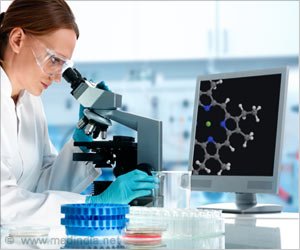Artificial Intelligence Takes Place of Chemicals in Tissue Staining

Chemical staining makes the morphology transparent, and results in low-contrast tissue sections visible. Without it, analyzing tissue morphology is almost impossible for
. Chemical staining is irreversible, and in most cases, it prevents the use of the same sample for other experiments or measurements.
The artificial intelligence method developed in this study produces computational images that very closely resemble those produced by the actual chemical staining process. The strength of the proposed virtual staining method is that it requires no special hardware or infrastructure beyond regular light microscopy and a suitable computer.
This discovery published is from two international peer-reviewed journals Laboratory Investigation and Patterns based on expertise in tissue biology, histological processes, bioimage informatics, and artificial intelligence.
Advertisement
The first part of the two-phase study focused on optimizing the tissue sample processing and imaging steps. Systematic assessment of histological feasibility was a unique component of the study.
The development of computational methods using artificial intelligence often lacks proper assessment of the feasibility from the perspective of the end user. This may lead to methods being developed and published but eventually not used in practice.
Therefore, it is especially important to combine both computational and domain-based knowledge already in the development phase, as was done in this study.
Deep neural networks learning from large volumes of data have rapidly transformed the field of biomedical image analysis. In addition to traditional image analysis tasks, such as image interpretation, these methods are also well suited for image-to-image transforms.
Virtual staining is an example of such a task, as was successfully shown in the two published parts of the work. The second part focused on optimizing virtual staining based on generative adversarial neural networks, with Doctoral Researcher Umair Khan from the University of Turku as the lead developer.
Deep neural networks performing at a level we were not able to imagine a while ago. Artificial intelligence-based virtual staining can have a major impact on more efficient sample processing in histopathology. In addition to the artificial intelligence algorithms, the key to success was the availability of high-performance computing services.
Source: Eurekalert
Source link
#Artificial #Intelligence #Takes #Place #Chemicals #Tissue #Staining



